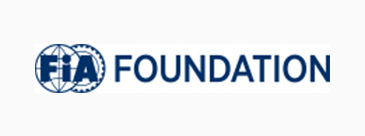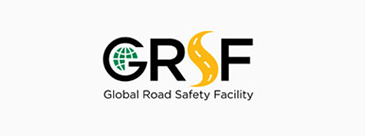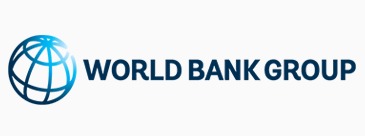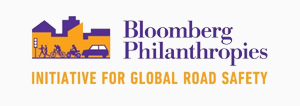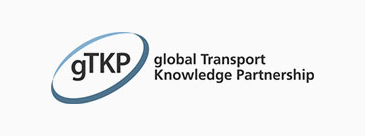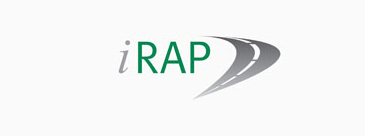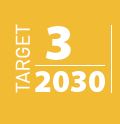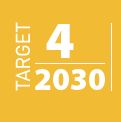





Intersection - Signalise
Can increase intersection capacity. Can reduce certain types of crashes (especially right-angle crashes). Can improve pedestrian and cyclist safety.
Signals used at intersections with low traffic flows and fixed timings are likely to be disobeyed. Well designed traffic signals will usually reduce total crashes but will sometimes increase specific crash types (e.g. rear-end crashes). Traffic signals should not be used in high speed locations, or else speeds will need to be reduced in advance. Isolated provision of traffic signals needs to be treated with caution as they may not be expected by drivers. Before installing traffic signals, information on traffic volumes, pedestrian volumes, intersection approach speeds and previous crashes at the site should be carefully considered. Visibility is required for drivers approaching traffic signals and between drivers waiting at stop lines. Traffic signal design should be checked for clarity and potential misunderstanding by drivers. The design of traffic signals should incorporate appropriate time of separation between green lights for conflicting traffic (Intergreen). The introduction of traffic signals in a region could increase crashes unless all drivers know the meaning of the signals. Traffic signals need continuous power. Both traffic signals and vehicle detection equipment are prone to malfunction so good maintenance is required.
Treatment Summary
25-40% |
Case Studies
Related Images
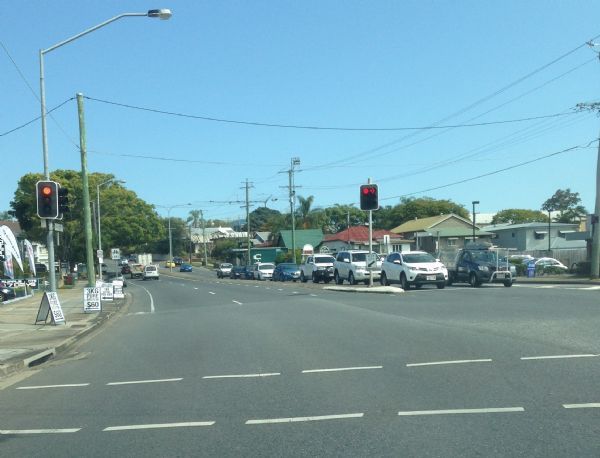
A signalised 3-leg intersection. Queensland, Australia. Image credit: Unknown 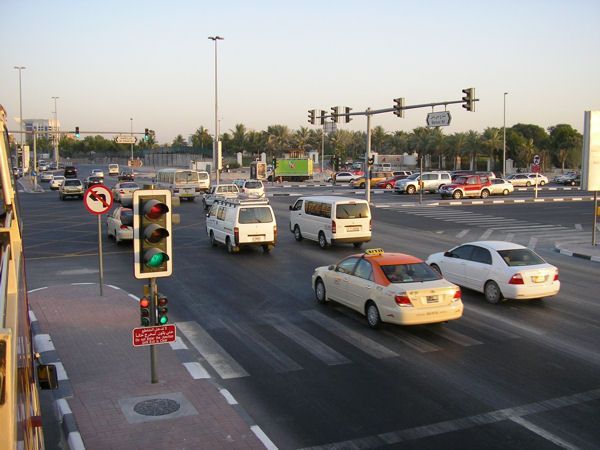
A 4-leg signalized intersection. Image credit: David Best 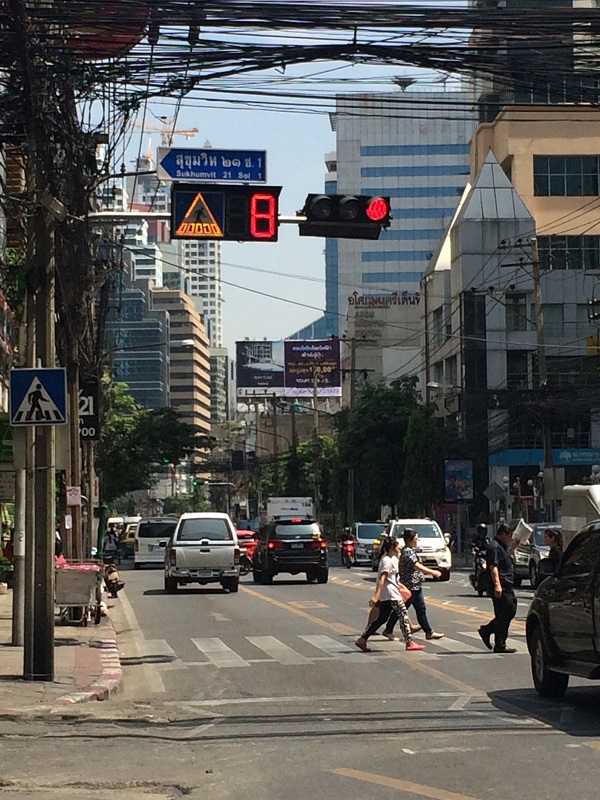
Signalised intersection in Bangkok, Thailand. Image credit: Alina Burlacu 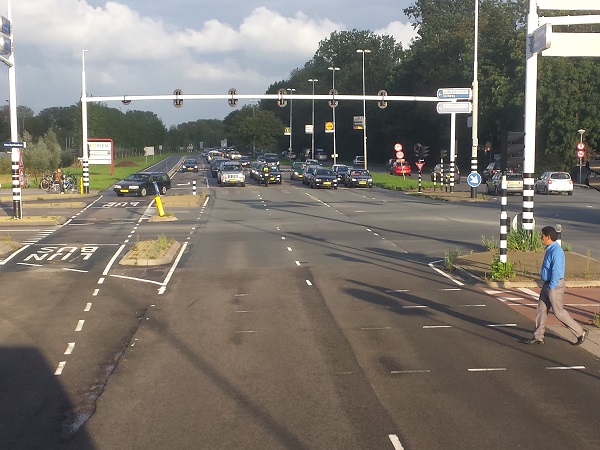
Signalised intersection a dual carriageway road in the Netherlands. Image credit: Alina Burlacu

